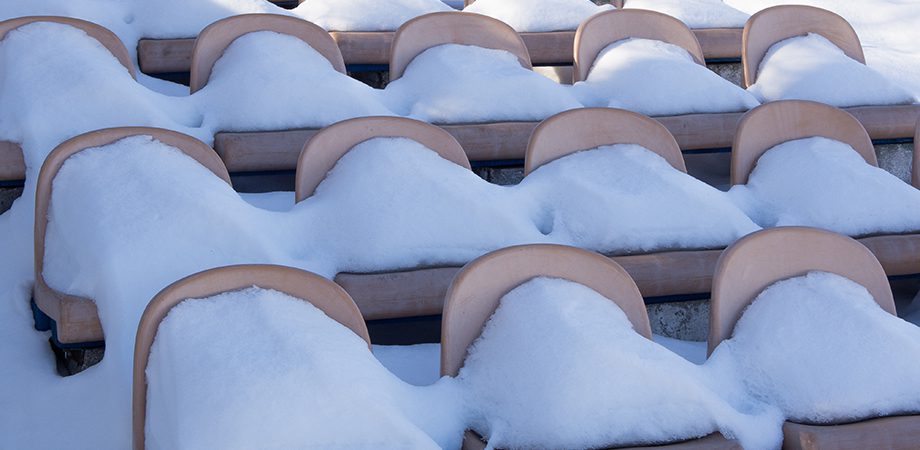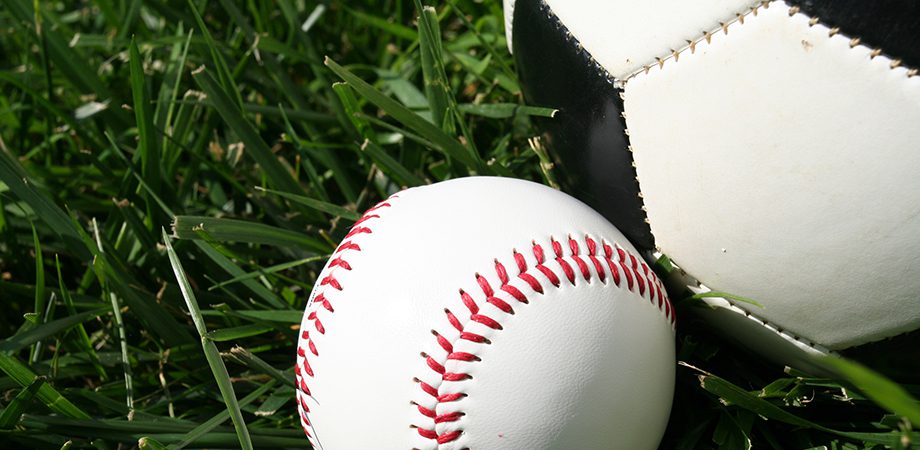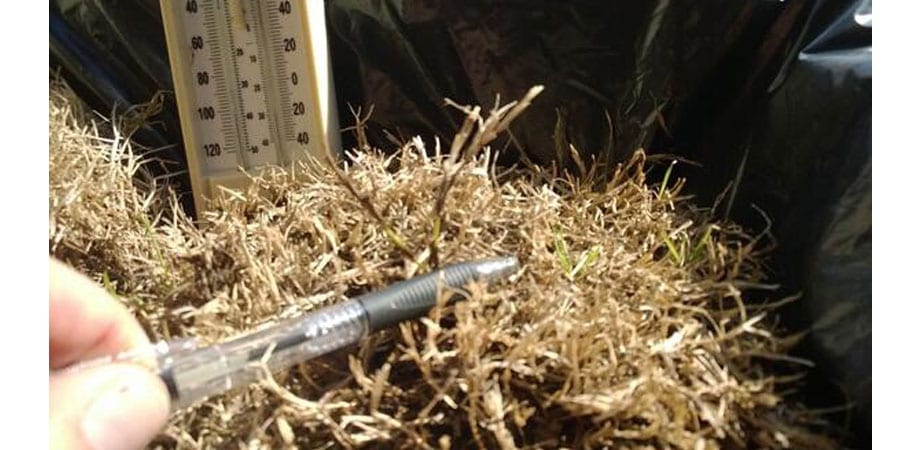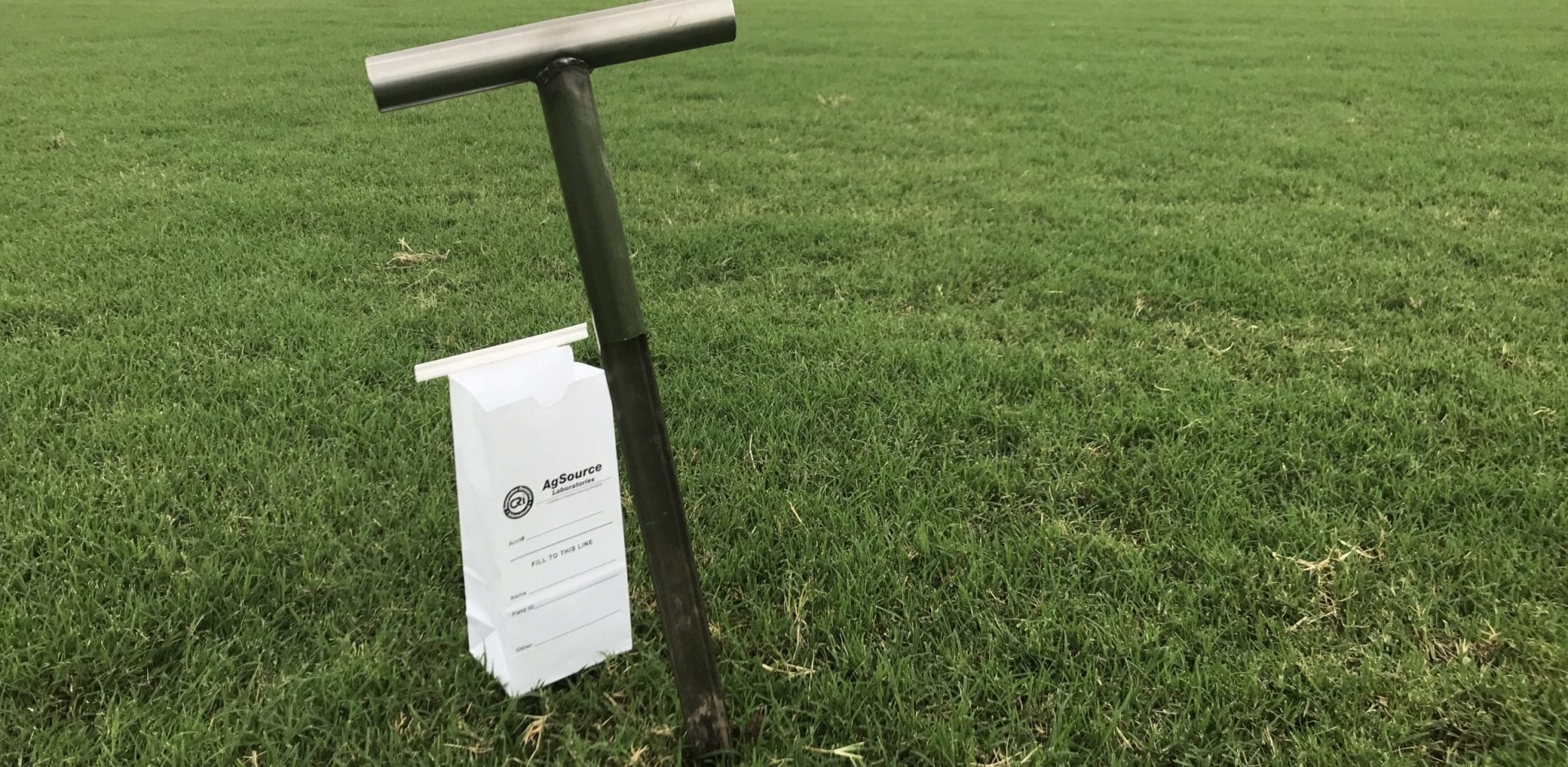We all know that it’s important to winterize our irrigation systems in preparation for a cold winter, but did you know that there are other items at your facility that may need to be winterized too? Gutters, drinking fountains, pump or well houses, parking lot curbs, water heaters, and outdoor lighting are just a handful of items that may need special attention as the temperatures start to plummet. To keep it all straight, here is a comprehensive guide to winterizing your facility.
The Roof
Autumn brings leaves and wind which can impact your facility. Start your winter preparations at the top.
- Roof drains: They should be clear and in good condition. Dispose of any leaves before they block the drains. Blocked drains are a leading cause of roof leaks and can even cause collapse.
- Damaged sections: Carefully check flashing and all seams for damage. Replace or repair any damaged sections that will not last until spring.
- Openings: Inspect hatches and roof equipment access doors to confirm that they are properly secured.
The Parking Lot
Damage to curbing and shrubs can be common if these items are hidden. Here is what to do before the snow falls.
- Mark curbs, fire hydrants, drains, speed bumps, and other features that may not be visible with several inches, or even feet, of snow.
- Car stops should be marked so the plow operator can work around them. Moved or damaged car stops (or the resulting exposed rebar) can be a trip-and-fall hazard.
Lighting
- Recheck all outside lighting. If your site uses timers, you have an additional challenge to keep them adjusted to synch-up with the shortening days.
Pump Houses
A frozen well pump causes more than the inconvenience of losing water for a while; it can also mean burst pipes, cracked water pumps, and flooding once the system is up and running in the spring. The root of this problem is when the temperature of the air surrounding a water pipe drops below freezing, any heat in the water will transfer to the air and cause the water to freeze. Stopping this process by any means will protect your pipes and the water pump, which can contain some water, even after the irrigation system has been winterized.
Ideal Pump House Structure
- A well-built pump house, whether built of wood, blocks, or metal, should be large enough to be able to work on the pump.
- It should have insulation in the walls, on the door, and the ceiling.
- At least two of the walls should have a vent that can be opened and closed depending on the weather.
Heating a Pump House
Depending on how cold your winter gets, there are several options for heating a pump house.
- If the winter is fairly mild, utility lights can keep the pumps and pipes from freezing.
- A solar-powered heater with a built-in thermostat can be a smart solution if backed up by an auxiliary source of power, such as a battery, for overcast days. Also, make sure to keep the solar panel clean and free of debris for optimal performance.
- Small electric space heaters will do a good job too, but it is important that these are checked daily for proper operation.
Outdoor Drinking Fountains
Even though outdoor drinking fountains are made to withstand the elements, it is crucial that water is not left in the fountain to freeze as it could cause it to crack and can ruin the fountain’s pump. If your facility is still in use during the winter months, make sure that you communicate that certain items will be shut down due to the winterizing process.
- Drain all water out of the fountain before the temperatures drop below freezing.
- Remove the pump if possible, clean it, and store it indoors for the winter.
- Cover the fountain with either a purchased fountain cover or some other protective cover.
- If the fountain is hooked up to a chiller, don’t forget to unplug and drain it too. Components inside can hold water and will freeze if left in a cold environment.
Restrooms
If you are going to shut down these restrooms during the winter, then you will need to winterize your hot water heater and toilets to prevent freezing and potentially breaking.
- Shut off the water to the toilets and then flush to remove as much water as possible.
- RV antifreeze can be put into the commode to prevent the freezing of water that may be left.
Hot Water Heater
Turning off the hot water heater is the first step because if left on, the heating element will get damaged once the water is drained from the tank.
Electric: Simply unplug your water heater.
Gas: Use a crescent wrench to turn the valve on the gas line ½ turn counter-clockwise until the valve is perpendicular to the line. Check to see that the pilot light has gone out.
- Locate the control box on the heater and turn the knob to the OFF position.
- Drain all the water from the heater and from the pipes feeding the heater.
- Open all sink faucets in the bathroom. Leave the faucets open. They should drain a small amount of water and then stop.
By being proactive with these items, you will save yourself some headaches in the spring. Take it from someone who has learned in the past some of these things the hard way!













